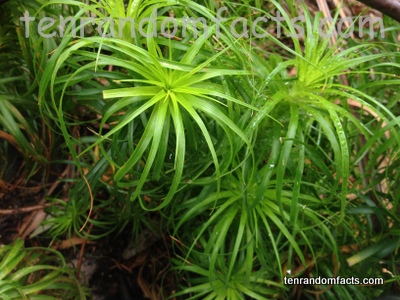The light of a candle heath is a bit odd – it is simply its beauty.
- Candle heaths are a species of shrub, native to the states of Victoria and southern New South Wales, in Australia.
- The scientific name of a candle heath is Richea continentis and it is from the family Ericaceae, the family of heaths.
- Candle heaths are plants that can reach heights of 0.5 to 1.0 metre (1.6 to 3.3 feet), and they have a similar or slightly larger diameter.
- Candle heaths are typically found in marshy and moist habitats, in mountainous regions.
- Brian Burtt, an English botanist, was the first to scientifically classify the candle heath, doing so in 1942.
- The leaves of candle heaths are usually 1 to 4 centimetres (0.4 to 1.6 inches) in length, and they are often a triangular shape.
- The small, white, cream or greenish coloured flowers of candle heaths bloom in December to February.
- Candle heaths can be used to deter animals in gardens, due to their prickly leaves.
- Candle heath flowers emit a pleasant odour, and they grow in groups on long stalks, that sit above the plant.
- Candle heath plants grow best in partially shady or sunny areas, in cool climates, and as such they are not affected by snow or frost.
Bibliography:
Richea continentis, 2015, Wikipedia, https://en.wikipedia.org/wiki/Richea_continentis
Richea continentis, n.d, Yarra Ranges Shire Council, http://fe.yarraranges.vic.gov.au/Residents/Trees_Vegetation/Yarra_Ranges_Plant_Directory/Yarra_Ranges_Local_Plant_Directory/Lower_Storey/Shrubs_to_2m/Richea_continentis
Richea continentis B.L.Burtt, n.d, PlantNET, http://plantnet.rbgsyd.nsw.gov.au/cgi-bin/NSWfl.pl?page=nswfl&lvl=sp&name=Richea~continentis







thank you for the article